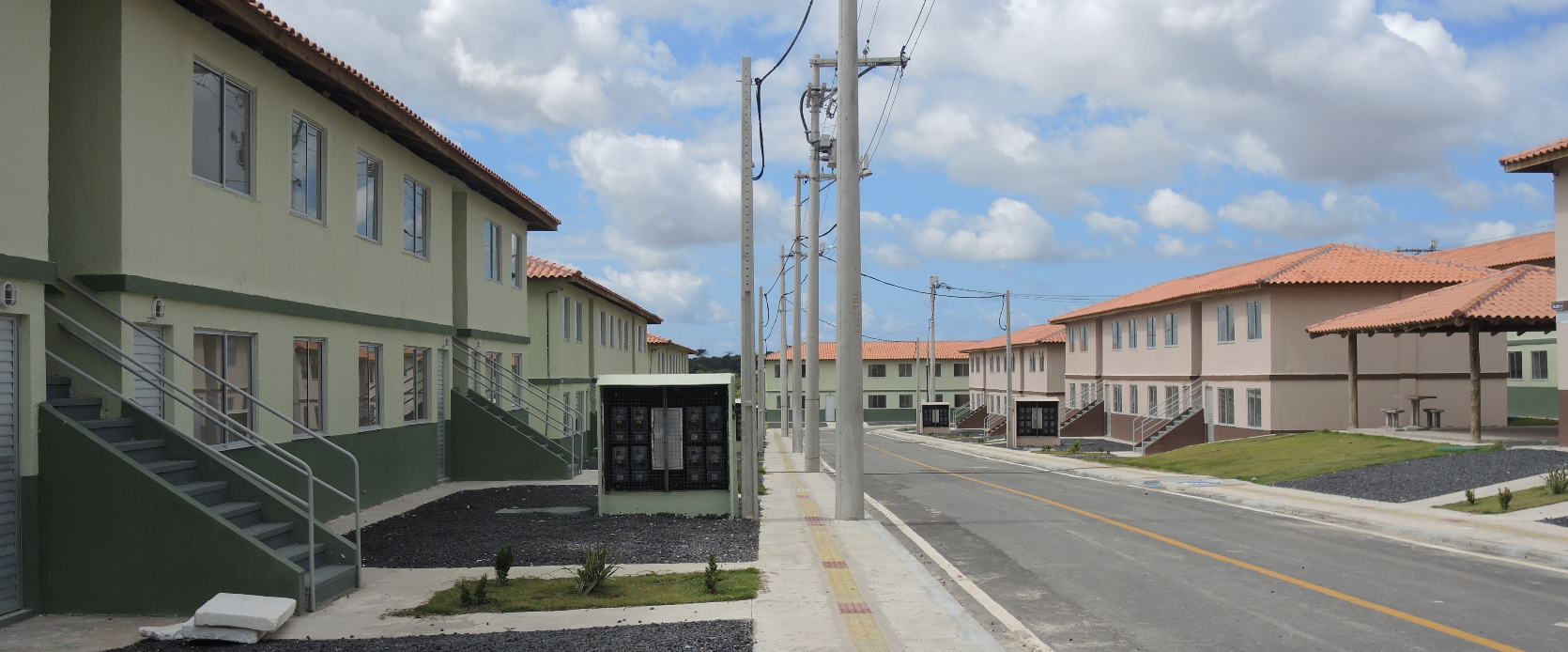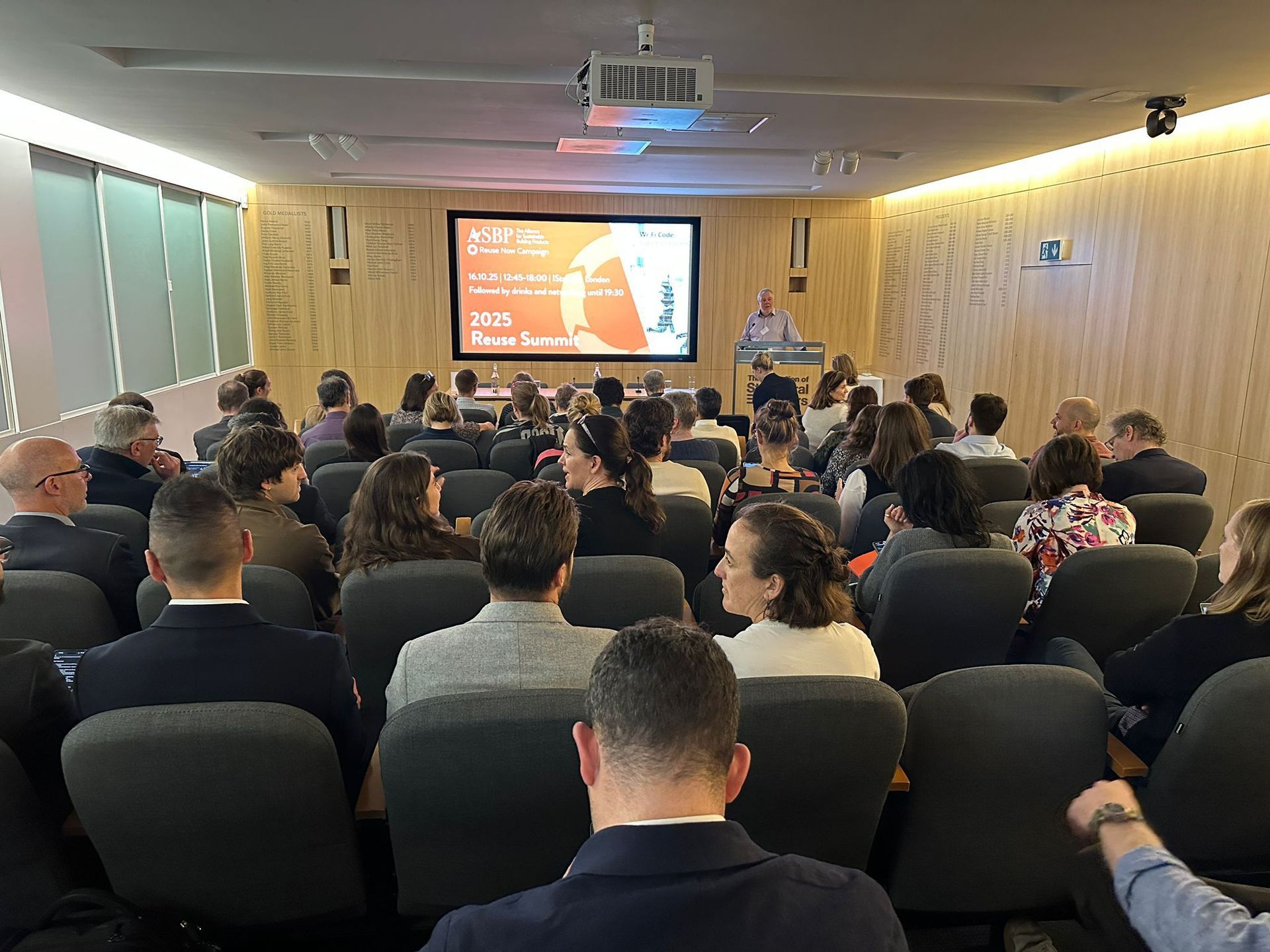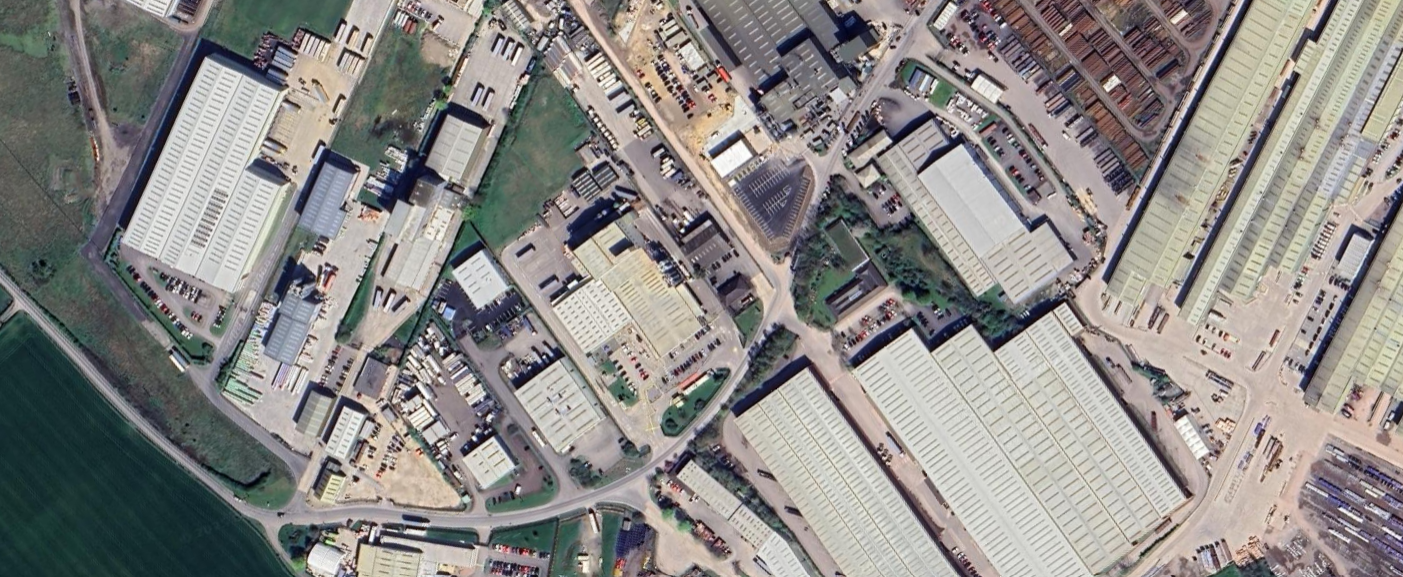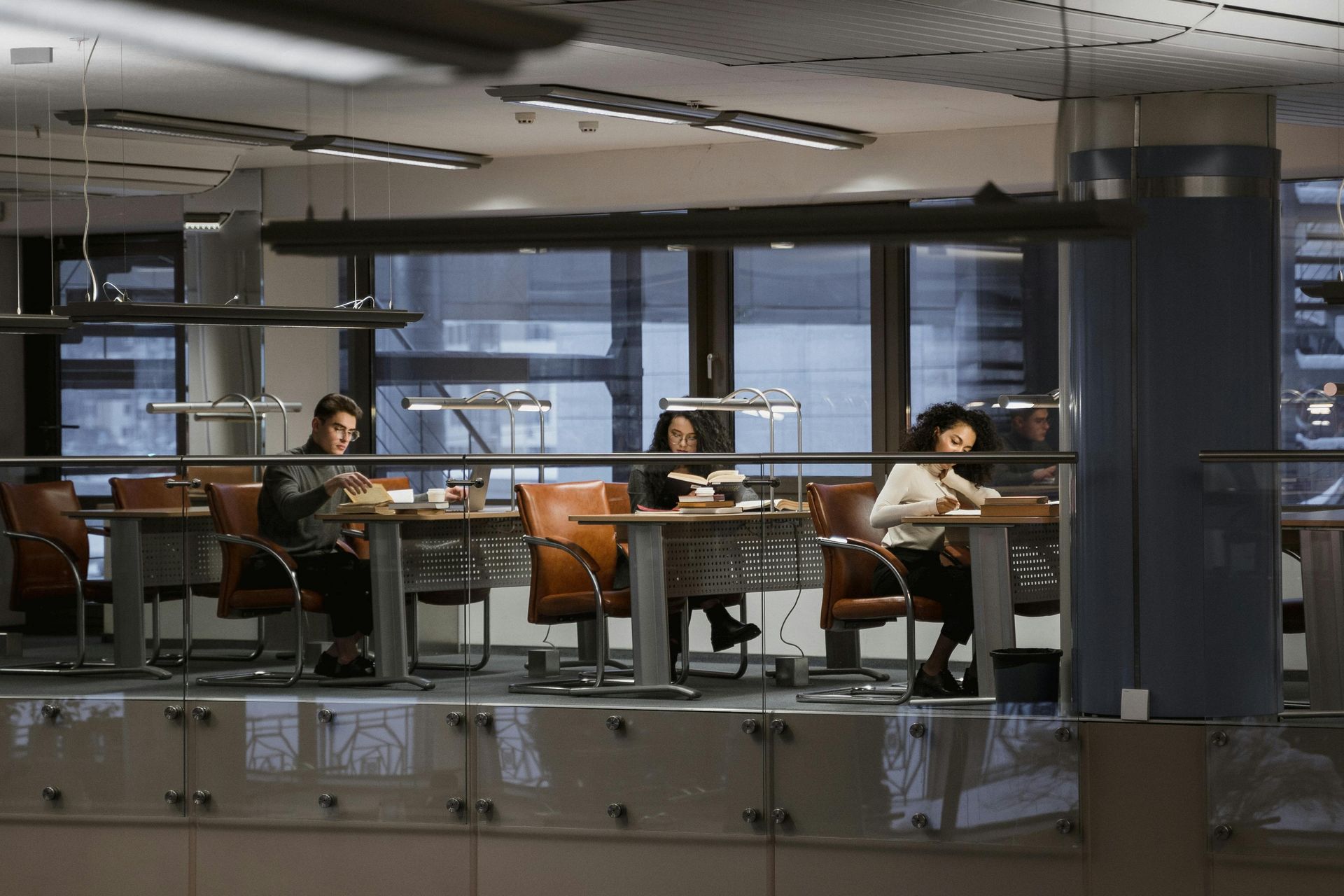Construction Needs to Speed Up Its Progress Towards a Circular Economy
The circular economy concept is becoming more important against a backdrop of increased population growth and prosperity, ultimately resulting in the continued unsustainable use of the Earth’s resources, with much of this ending up as waste with little or no value.
The construction sector, through its provision of homes, schools, hospitals and places of work, is by far the greatest consumer of resources and producer of waste when compared to other sectors.
Whilst the sector has successfully achieved high recycling rates, most of this waste is downcycled where the value, quality and functionality are lower than the original product; moreover, the resources that the sector uses are largely from primary sources and material costs are rising. Whereas sustainable buildings have been receiving growing attention in the last decade, there has been less focus on the circular economy. Policymakers and industry are starting to recognise these concerns by the development of various circular economy strategies, action plans and roadmaps; however, progress is slow.
Circular economy in the building sector means that buildings should be designed to create minimal waste by being long-lasting, allowing them to be easily repaired and refurbished, and to be deconstructed at end of life, so the products and materials within can be reused or recycled, maintaining their value, where possible.
Whilst there are an increasing number of circular economy academic and practitioner studies published, its implementation is still in its infancy and research is fragmented.
Specific sector frameworks are needed to assist in implementing circular economy and whilst a few have been developed in the building sector, they largely focus on one or a few circular economy aspects and on one or a few stages of a building or supply chain stakeholders, even though the various benefits of encompassing all these aspects are evident.
A substantial cultural shift is, in fact, needed to embrace circular economy, whereby the potential for reuse and recycling materials and products at the end of life and the longevity of them should be paramount in their manufacture, design, specification and procurement. This requires manufacturers, designers and contractors to work together to understand how decisions made at each stage could affect circularity, together with the best mechanisms for sharing this information. BIM and EPDs are important tools, which could be developed further to embrace circularity.
Our research findings indicate that there is a disconnect with those involved at the end of life stage, the demolition contractor and the rest of the supply chain. As such, there needs to be more engagement with these stakeholders to understand current circularity opportunities and how material and design choices now are likely to ultimately effect circularity long term. The creation of datasets with residual value, material costs, recovery routes and costs, reuse potential and recyclability will provide greater transparency and knowledge.
Capturing and sharing of knowledge at a project, company and sector level will assist in the building sector becoming more circular. This includes having processes in place for projects ensuring that knowledge is captured and at a company level, retained and subsequently used for future projects.
So there is still much to do, and much more we can all do to speed up the transition to a more circular economy in construction.
This article is based on the Abstract and Recommendations from Dr Katherine Adam’s Doctoral Thesis submitted to the University of Loughborough in June 2021, entitled ‘Circular Economy in the UK Building Sector: A Framework for Implementation’. You can contact Reusefully Ltd to discuss any aspect of circularity in construction.






